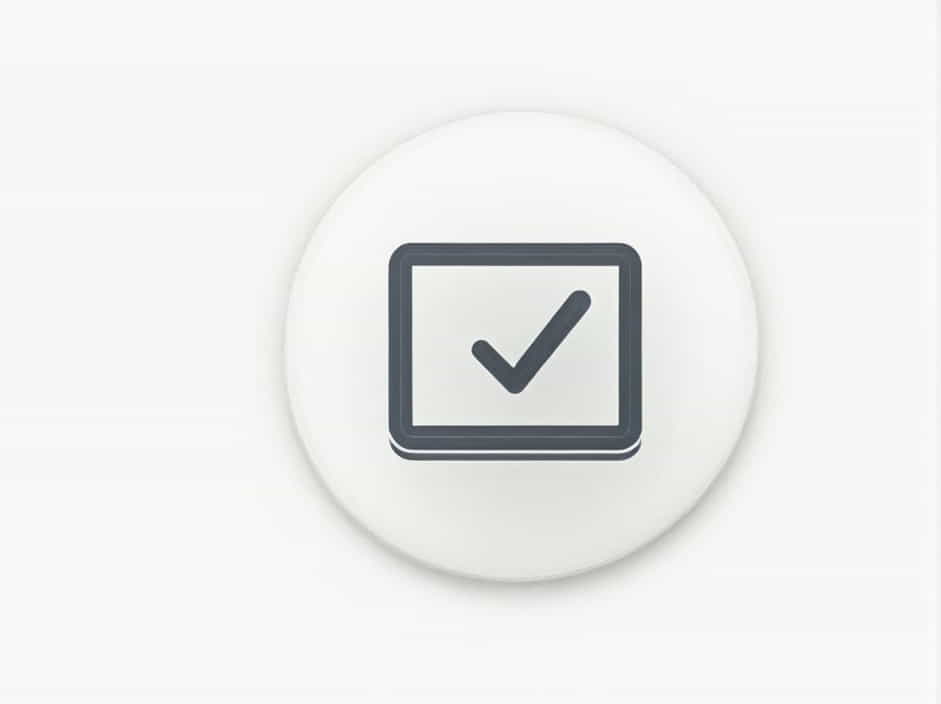CiteScore is an important metric used to measure the impact and quality of academic journals. Researchers, publishers, and institutions use it to evaluate the influence of a journal based on citation data. This metric helps in assessing the credibility, visibility, and relevance of a journal within a specific research field.
In this topic, we will explore what CiteScore is, how it is calculated, how it differs from other journal metrics like Impact Factor, and why it matters for researchers.
What Is CiteScore?
CiteScore is a journal ranking metric developed by Elsevier and used in Scopus, one of the largest abstract and citation databases. It measures the average number of citations received per document published in a journal over a four-year period.
This metric provides a transparent way to assess a journal’s academic influence. Higher CiteScore values indicate that a journal’s topics are frequently cited by other researchers.
Key Features of CiteScore
- Based on citation data from Scopus
- Uses a four-year citation window
- Available for all indexed journals, including open-access and niche publications
- Updated annually
- Covers a wider range of document types than some other metrics
How Is CiteScore Calculated?
CiteScore is calculated using a simple formula:
For example, if a journal has received 1,000 citations over four years and published 200 topics in the same period, its CiteScore would be:
What Counts as a Citation?
- Citations come from any source indexed in Scopus.
- Only citations from peer-reviewed topics, reviews, and conference papers are included.
- Self-citations (citations from the same journal) are included but not weighted differently.
What Counts as a Document?
- Includes research topics, review papers, conference papers, editorials, and letters.
- Excludes errata (corrections) and retracted topics.
CiteScore vs. Impact Factor: What’s the Difference?
Many researchers confuse CiteScore with Impact Factor (IF), but they are different metrics.
| Metric | CiteScore | Impact Factor (IF) |
|---|---|---|
| Publisher | Elsevier (Scopus) | Clarivate (Web of Science) |
| Citation Window | 4 years | 2 years |
| Document Types Counted | Includes more document types | Only topics and reviews |
| Update Frequency | Annually | Annually (June) |
Which One Is Better?
- CiteScore is broader because it includes more document types and has a longer citation window.
- Impact Factor is more selective, as it considers citations from a shorter timeframe.
- Researchers often check both metrics for a comprehensive journal evaluation.
Why Does CiteScore Matter?
1. Helps Researchers Choose the Right Journal
CiteScore provides insights into a journal’s reputation and citation impact, helping authors decide where to submit their work.
2. Assists Institutions in Ranking Journals
Universities and funding bodies use CiteScore to assess research output and select high-quality journals for academic promotion and grant approvals.
3. Supports Publishers in Evaluating Journal Performance
Journal editors and publishers track CiteScore to see how their journal compares to competitors and identify areas for improvement.
4. Guides Libraries in Journal Subscriptions
Academic libraries use CiteScore to prioritize journal subscriptions, ensuring they provide access to the most influential research.
How to Find a Journal’s CiteScore
To check the CiteScore of a journal:
- Visit the Scopus website.
- Search for the journal name.
- Look for the CiteScore metric in the journal profile.
- Compare it with other journals in the same category.
Factors That Affect a Journal’s CiteScore
1. Quality of Published topics
High-quality research tends to attract more citations, leading to a higher CiteScore.
2. Number of Published Documents
If a journal publishes many documents but receives fewer citations, its CiteScore may be lower.
3. Field of Research
Journals in highly cited disciplines (e.g., medicine, physics) tend to have higher CiteScores than those in less-cited fields (e.g., humanities).
4. Indexing in Scopus
Only journals indexed in Scopus receive a CiteScore. A journal not indexed in Scopus will not have a CiteScore.
How to Improve a Journal’s CiteScore
For journal editors and publishers looking to boost their CiteScore, here are some strategies:
- Encourage High-Quality Submissions – Publish well-researched, original content that attracts citations.
- Promote Published topics – Increase journal visibility by sharing topics on social media, conferences, and academic networks.
- Collaborate with Influential Researchers – Inviting experts to contribute can enhance credibility and citation rates.
- Reduce Low-Impact Publications – Avoid publishing too many editorials or non-research topics, which may lower the CiteScore.
- Improve Journal Accessibility – Making topics open access can increase readership and citations.
CiteScore is a valuable metric for evaluating the impact and quality of academic journals. It helps researchers, institutions, and publishers assess a journal’s influence based on citation data from the past four years. While it differs from Impact Factor, both metrics play a crucial role in academic publishing and research evaluation.
Understanding CiteScore can help researchers choose the right journal, improve journal rankings, and enhance academic visibility in the scholarly world.
